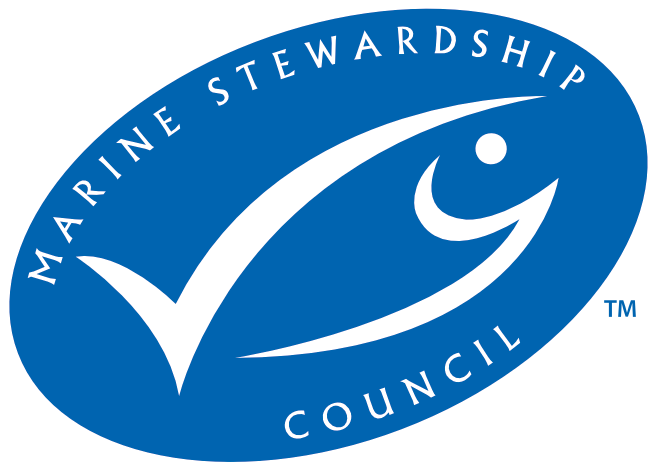
- Certifier :
- Control Union (UK) Limited
- Certified status :
- Certified
- Certified since :
- 20 Jun 2011
- Certificate expires :
- 13 Jun 2027
Overview
Fisheries are composed of one or more parts, each of which is entitled to receive an MSC certificate. These parts or “units” are defined by their target stock(s), fishing gear type(s) and if relevant vessel type(s), and the fishing fleets or groups of vessels.
When the term “Unit of Certification” is used for fishing units that are in assessment, it refers to the “Unit of Assessment” or “Unit of potential certification”. Expand a status below to view the parts that form this fishery. To check the detailed scope, download the latest certificate or open the Assessments page to get the latest report. Find out more by visiting our page on Fisheries
Catch by Species
| Species | Reported Catch Year | Metric Tonnes |
|---|---|---|
| Tristan da Cunha rock lobster (Jasus tristani) | 2024 | 463.6 |
Information is provided by an independent Conformity Assessment Body as live weight (the weight of species at the time of catch, before processing) and where a fishing season covers multiple years, the end year is given as the reported catch year. Additional information is available in the latest report, see the assessments page.
About this Fishery
This fishery was first certified as sustainable in June 2011. It’s located in the South Atlantic, around the Tristan da Cunha islands (Tristan da Cunha, Gough, Nightingale, Inaccessible) and Vema Seamount.
These islands – the most remote inhabited archipelago in the world – are the only places where the Tristan rock lobster is found. They are volcanic and rise from abyssal depths to the surface, thus separating benthic populations associated with each island. The species occurs on rocky substrata from the shore down to a depth of around 200m.
Three types of gear are used in the fishery: box traps, monster traps and hoop nets. Box traps are deployed from small boats around all four islands, hoop nets are deployed from powerboats at Tristan only, and monster traps are deployed from the MFV Geo Searcher at the three outer islands (not Tristan).
A standard mesh size of 70mm is used on all the traps. All three gear types are open – i.e. lobster entering the traps can also exit at will by the same opening. There is therefore no risk of ghost fishing by lost traps, and no need for escape gaps to release undersized lobster.
Market Information
Around 400 tonnes of lobster are landed each year. The main commercial markets are Japan and the USA.